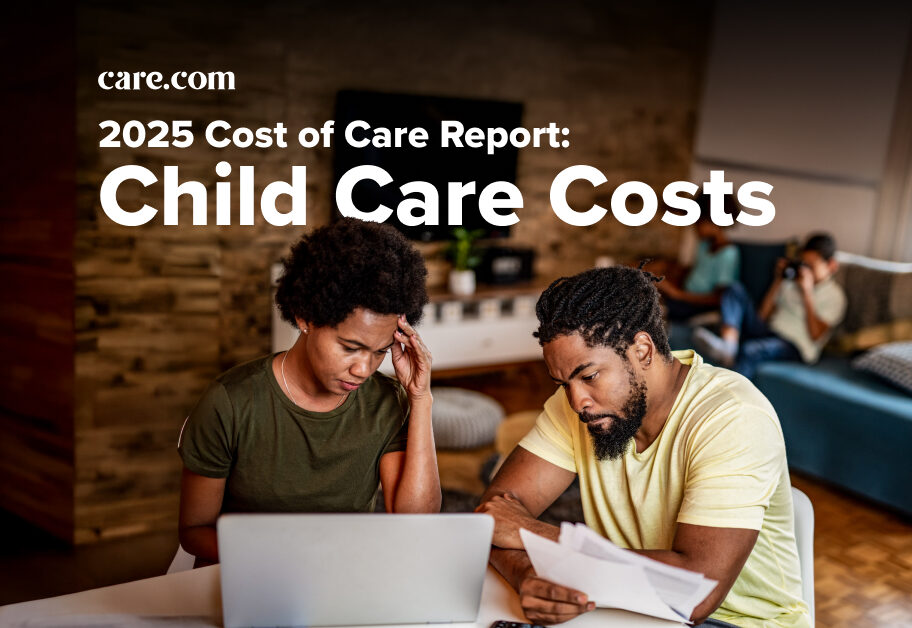A second wave of COVID-19 relief is on its way to many Americans this week, despite bipartisan criticism that the payouts simply aren’t enough.
On December 23, Congress voted to approve a $900 billion COVID-19 relief package that includes a new round of stimulus checks. As a part of the legislation, adults whose 2019 earnings total less than $75,000 will receive a direct payment of $600, as well as $600 per dependent under 17 years old. Couples who file jointly and earned under $150,000 in 2019 will receive $1,200.
Those making over $75,000 may still receive some help. The payments will be cut by $5 for every $100 of additional income over the $75,000 cap. Individuals making over $87,000 and joint filers making over $174,000 will not receive any money. Payments began during the last week of December and will continue through mid-January. You can visit the IRS website to check the status of your payment.
The road to passing the latest COVID-19 relief bill was not an easy one, and many have criticized congressional leaders for failing to do more to help American families. On Twitter, people expressed frustration about the small dollar amount of the relief checks, which is only half of the $1,200 stimulus that was paid out to Americans in the spring.
“$600 is absolutely insignificant, no matter how many times you multiply it or add it up,” one person writes. “$2400 for a family of 4 after being out of work for a year and having children eating two additional meals at home for a year is nothing. They throw us crumbs, and y’all call it a feast.”
https://twitter.com/wildfonts/status/1341104212361535489?s=21
President Trump called for increasing payments to $2,000 per adult. The idea was supported by a number of representatives, but was ultimately killed during a vote in the Senate. Senate Majority Leader Mitch McConnell even had his home vandalized after failing to pass the increased amount.
Mitch McConnell’s Louisville home vandalized after blocking $2000 stimulus checks.
More: https://t.co/6DiCDKea8U pic.twitter.com/KVqZcPwS9N
— Complex (@Complex) January 2, 2021
It’s true the $600 relief payment is barely enough to cover even a portion of most families’ basic expenses. According to the USDA, a low-cost meal plan for a family of four averages between $745 and $880 monthly. The average rent for a two-bedroom apartment is $1,878, according to a 2020 National Apartment Rent Price Analysis by Rent.com. Compounding the problem is the fact that millions of Americans are still out of work.
About 10.7 million people are unemployed in the U.S., which is a major improvement from 23.1 million in April, but that figure is still 4.9 million people higher than it was in February 2020, according to the U.S. Bureau of Labor Statistics.
Earlier this month, a Moody Analytics report found that nearly 12 million renters in the U.S. are more than $5,000 behind on rent and utility payments. In a survey conducted from November 25 through December 7 by the Center on Budget and Policy Priorities, one in six adults with children said their household lacked sufficient food within the past seven days. Black and Latino adults were more than twice as likely as white adults to report that their household did not have enough to eat.
The new COVID-19 relief bill does include an additional $300 in unemployment payments on top of benefits offered by states. Those payments began on December 26 and will last for 11 weeks. It also includes $284 billion for the Paycheck Protection Program, which subsidizes businesses that keep their employees on payroll as well as $25 billion in rental assistance and an extension of the eviction moratorium.
There’s no doubt the relief package will help, but it’s a small, temporary fix in the midst of a pandemic that still has no clear end date. In the past few weeks, politicians and essential workers have started receiving vaccines. At the same time, a new strain of the virus has emerged in the United Kingdom and made its way to the U.S. Experts warn it is 50-70% more infectious than other strains in circulation, though there is no evidence so far that it is resistant to the current vaccines.
President-elect Joe Biden has pledged to take immediate action to fight COVID-19, including the distribution of 100 million vaccines and a federal mask mandate. Still, it could be many months before the U.S. begins to recover in any meaningful way. For the millions of Americans who are unemployed and struggling, survival during that time may depend on additional guidance and substantial aid from leaders. A one-time payment of $600 simply isn’t going to cut it.
Article updated 1/5/2021.






